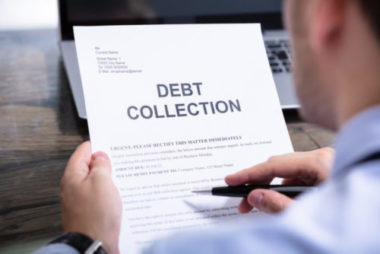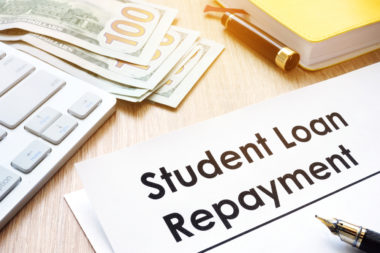Debt is generally associated with negativity and poor financial decisions. However, it’s important to understand that while there is bad debt, there’s also good debt. Sometimes debt is necessary and taking on certain debts can actually improve your financial situation in the long-run or improve your life in general. Distinguishing between good and bad debt can help you make smarter financial decisions about the debt you take on.
Table of Contents
What Is Good and Bad Debt?
Debt is considered “good debt” due to appreciating assets. If you incur debt to improve your life in the long term, it can be good debt. For example, while student loans can be a pain to pay, they’re considered good debt. Advancing your education usually leads to a higher-paying job, which can eventually improve your financial situation and allow you to pay off these loans faster.
On the other hand, bad debt is considered as such because it’s associated with depreciating assets. For example, buying a brand-new car could be considered bad debt. Car values are notorious for depreciating quickly so you won’t put yourself in a better financial situation by taking out a car loan.
Deciding whether the debt you’re taking on is good or bad can also depend on the amount of debt you incur. Comparing the value appreciation of the item you’re financing and the amount of debt you’ll incur due to this purchase can help you determine if a debt is good or bad.
Examples of Good Debt
There are many examples of taking on good debt, which happens when you take out a loan on something that will appreciate in value.
Mortgages
Mortgages are good debt because real estate is known to appreciate in value over time. The amount of appreciation you experience depends on your local market and the property you purchase. You’ll always need somewhere to live, so taking out a mortgage to own your own property instead of renting can be a smart financial decision, making this a good debt.
By signing on to a 15- or 30-year mortgage, you can make low monthly payments to live in your home. This frees up extra money for investments or other important appreciating purchases that can improve your financial situation.
Student Loans
While student loans can be expensive and a nuisance to pay, they’re generally also considered good debt. By obtaining an education, it’s more likely that you’ll get a higher- paying job, which can make it easier to pay off these loans faster. There are many federal student loans available that offer low interest rates to those who qualify.
These loans can still be hard for graduates to pay off. Consumers are taking on more student loan debt than ever before and this debt now totals over $1.5 trillion in the U.S.
Small Business Ownership
If you’re starting your own business, the U.S. Small Business Administration may be able to provide you with a business loan. If you have confidence that your business idea will be successful, your business loan is considered good debt because it will eventually make you income.
Examples of Bad Debt
The following are examples of bad debt, or debt for items that are known to depreciate over time.
Cars
Most cars are purchases that almost always depreciate, so when you take out a car loan, you’re more than likely taking on bad debt. The only types of cars that may not depreciate are classic or collectible cars, since these cars as accepted into American car culture as valuable and rare.
While a car is generally considered bad debt, you may find owning a car to be a necessity. Cars have become a way of life and while your investment may depreciate, you might need a car to get to work or other locations more conveniently.
Credit Cards
Credit card debt is bad debt because companies can charge high interest rates on your balance. You usually don’t buy appreciating assets with your credit card, so the debt you accumulate with these cards doesn’t help your financial situation.
Clothes, Consumables, Goods, and Services
One type of debt you want to avoid that’s considered inherently bad debt is clothing, goods, services, or consumables. When you buy vacations, fast food, groceries, or other types of goods, the value of these items doesn’t appreciate. These items are also usually only used for a short period of time until they’re thrown away or simply gone, leaving you with nothing to show for your investment.
You may debate that clothing could appreciate over time and might be considered good debt. However, clothing stores usually sell pieces for much more than it costs to make them. These fast-fashion brands employ cheap and quick materials and services to create clothing, which attributes to it losing its value quickly.
Why Good Debt Is Good
It may be inevitable that you accumulate some type of debt over your lifetime. Keep in mind, some of this debt may be considered good debt and isn’t bad to accumulate if it’s necessary and helps you in the future.
Good debt can be used to extend your purchasing power so you can afford important investments, such as a home or an education. Debt also allows you to build your credit, which can be helpful for obtaining satisfactory loan terms in the future. Debt helps to boost the economy and in some cases, you can use debt to make investments, which can help you to achieve future financial goals.
Image Source: https://depositphotos.com/





